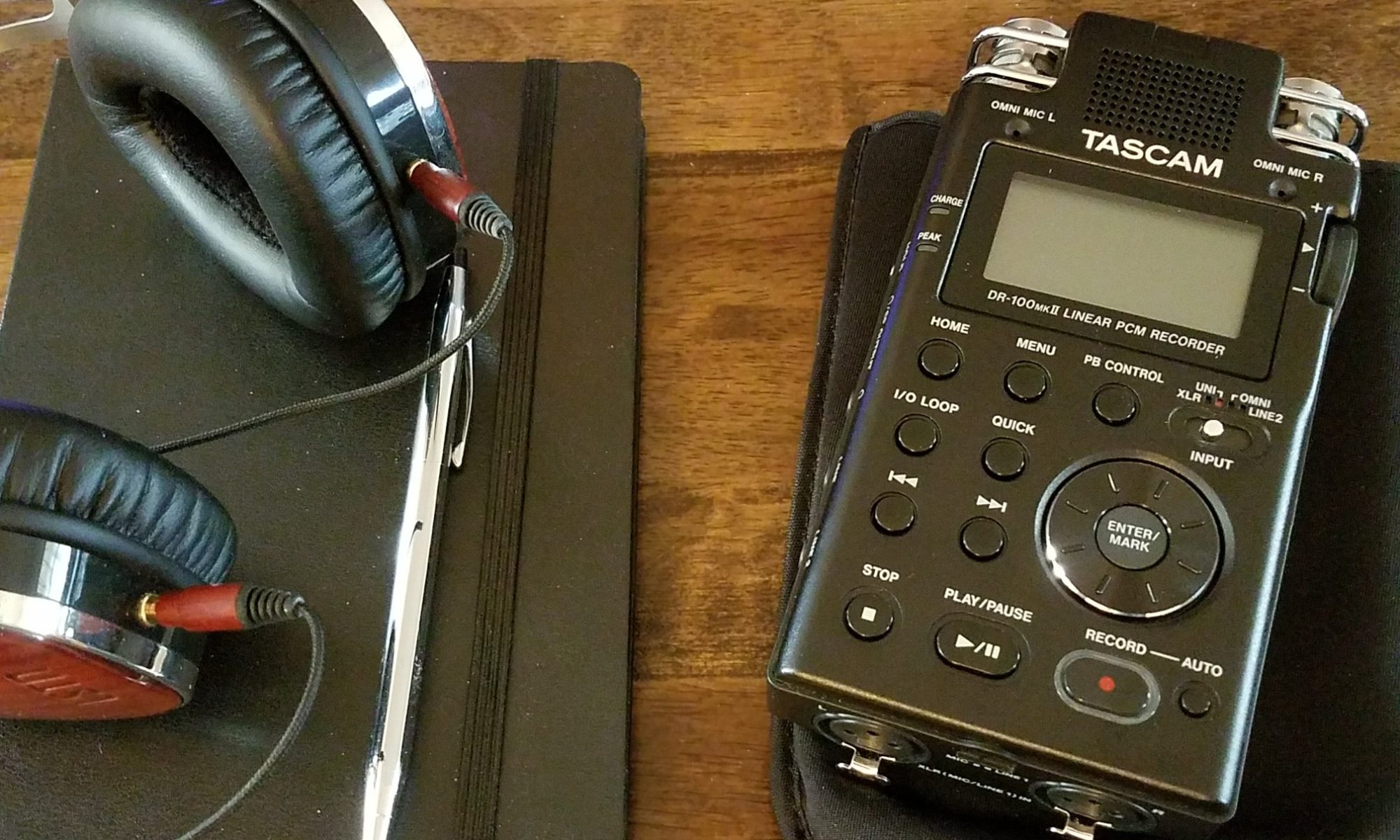The New York Times recently reported that a group of comic book legends — Neal Adams, Joe Kubert and Stan Lee – have teamed up to support Dina Gottliebova Babbitt’s claim to the artwork she painted which is currently held by the Auschwitz-Birkenau Memorial and Museum. During the Holocaust, Babbitt and her mother were transported to the death camp where her skills caught the attention of Dr. Josef Mengele.
By February 1944, Mrs. Babbitt had come to the attention of Mengele, who was dissatisfied with the photographs he had taken of the Gypsy, or Romany, prisoners in his effort to prove their genetic inferiority. He asked Mrs. Babbitt to paint their portraits to capture their skin tones better. She agreed, but only after insisting that her mother be spared from death. (The story reproduces five of the portraits.)
After liberation, Babbitt moved to the United States where she worked as an animator for various film studios. Strangely, the museum released a statement seven years ago concerning the sketchy provenance of the paintings, which arrived with no offer to return them to their original owner.
Auschwitz museum officials, in a statement issued in 2001, indicated that they had bought six of Mrs. Babbitt’s watercolors in 1963 from an Auschwitz survivor and acquired a seventh in 1977. In 1973 the museum asked her to verify her work but did not offer to return the items. The museum has argued that the artwork is important evidence of the Nazi genocide and part of the cultural heritage of the world. (The museum did not respond to telephone calls and an e-mail message requesting comment.)
The museum has claimed that returning the paintings to her might encourage other survivors to ask for their property which would cause a decrease in the number of artifacts on display. Piotr Cywinski, the museum’s director, went one step further in defending their position by stating that Babbitt wasn’t the rightful owner, but rather they belonged to Mengele. Such a claim is inherently contrary to the way in which museum’s (of any type) function; provenance, ownership, and credit has become the rule-of-the-day, and when those principles are questioned, objects are returned to their rightful owners.
Even as lawyers and reconciliation groups fight to get “looted” art returned to its rightful pre-war owners (or their heirs), it seems strange that a memorial museum would wind up on the opposite end of such a fight. Furthermore, the museum’s assertions have been both ridiculous and reckless, especially considering that the purpose of such institutions is to promote education of genocide through the lens of personal history and remembrance.
The comic (pdf version): Comics for a Cause
